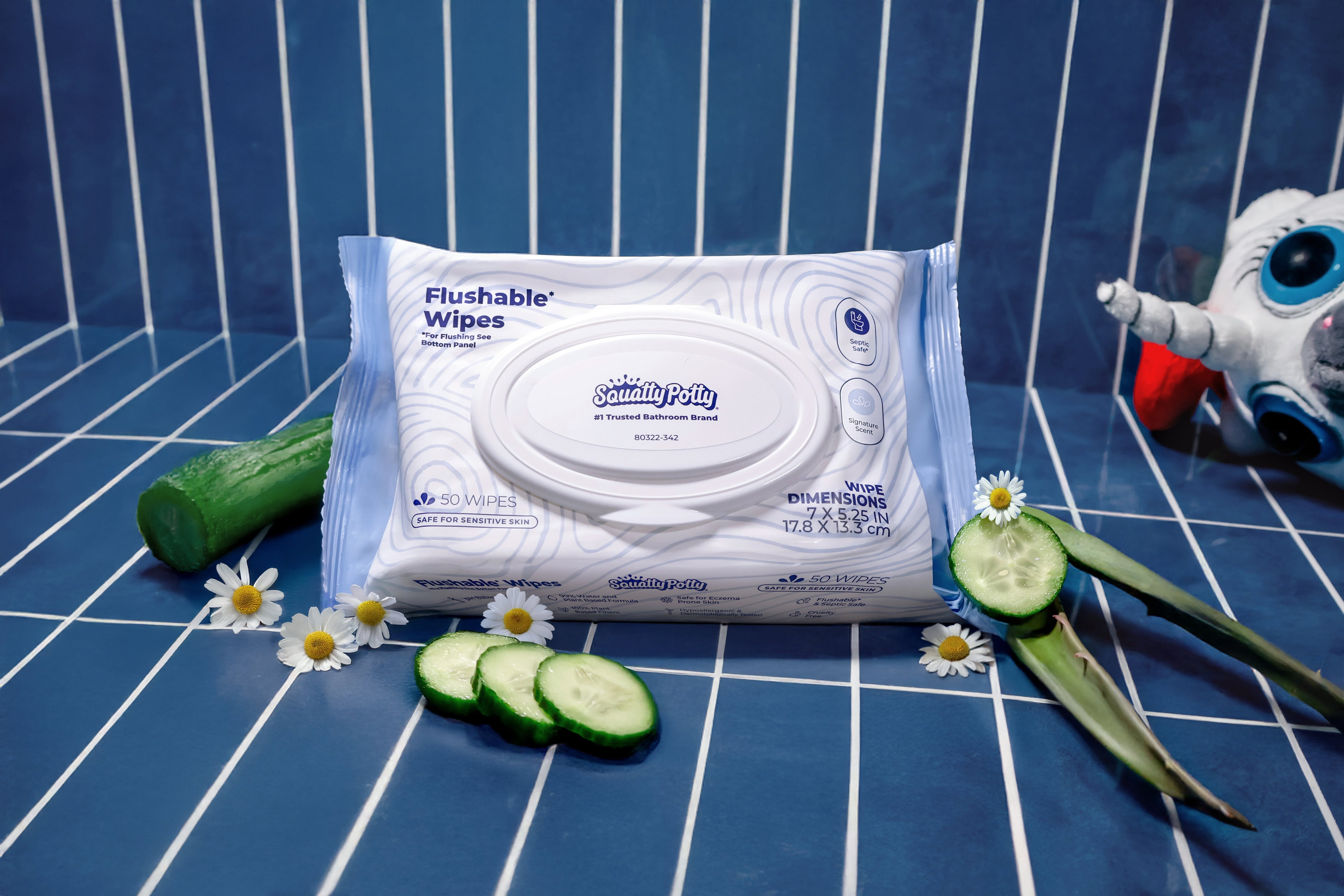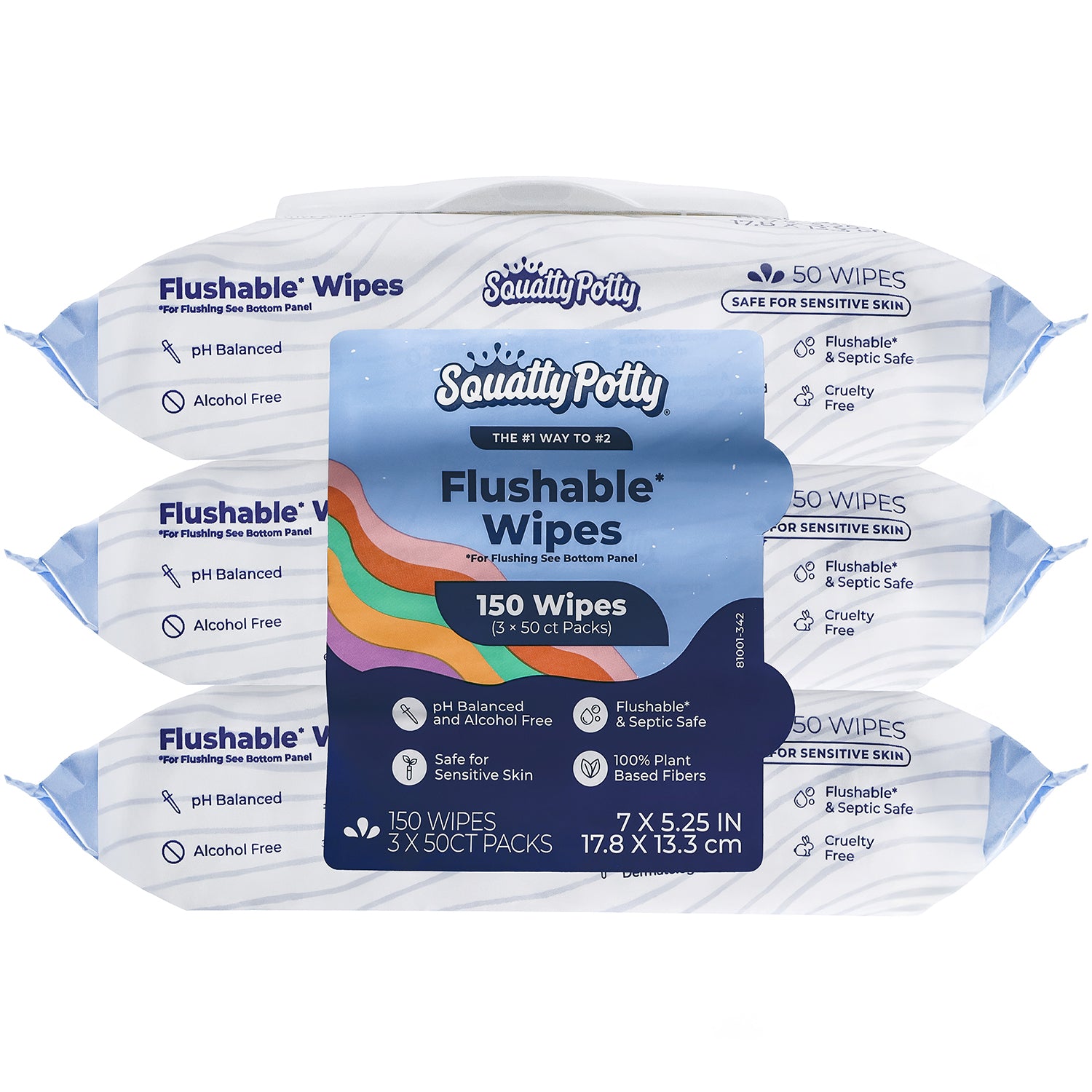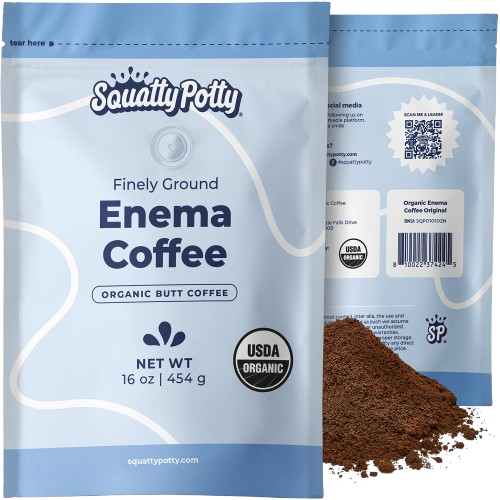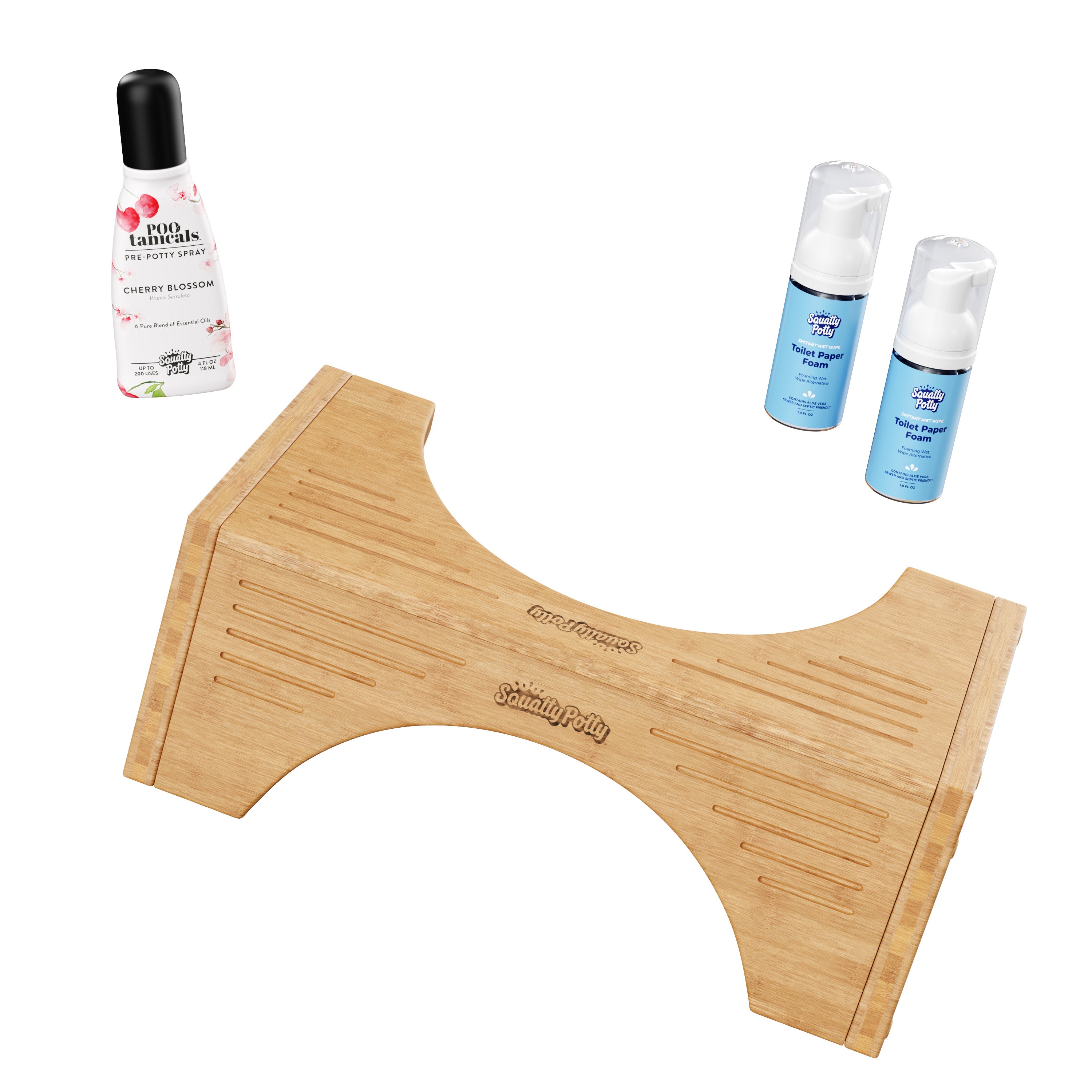When we talk about “botanical boosters” in skincare or personal hygiene, ingredients like green tea, aloe, chamomile, and witch hazel frequently surface. But beyond buzzwords, what do the scientific studies actually say about why they should be used? And more importantly: how do we use those ingredients responsibly so they deliver benefits without creating risks? That’s what we’ll talk about in today’s post!
Green Tea: Antioxidant Powerhouse & Soothing Ally
What it does
- Green tea is rich in polyphenols (especially EGCG [epigallocatechin gallate]), which act as potent antioxidants, helping neutralize free radicals and reduce oxidative stress in skin cells. {Thring et al., 2011 shows antioxidant + anti-inflammatory activity of plant extracts including green tea} (Reference)
- It also has anti-inflammatory effects, reducing cytokine-mediated skin irritation and redness in some models. (Reference)
- In the realm of skincare systems, formulations containing green tea and other botanicals have been associated with improved skin parameters (hydration, appearance, smoothness) in controlled studies. (Reference)
Real-world implications
- For sensitive or frequently irritated skin, green tea can help buffer minor stressors (friction, mild chemicals) by calming inflammatory pathways.
- It can help in balancing sebum or oil overproduction, reducing the incidence of clogged pores or irritation in areas that tend to sweat.
- Because it’s relatively well tolerated, it’s often used in leave-on formulations (mists, toners) for a sustained mild effect.
Cautions
- As with any botanical, concentration and purity matter—if improperly formulated, the same polyphenols may act as irritants in rare individuals.
- Avoid pairing with harsh exfoliants or aggressive actives until you’ve tested for compatibility.
Aloe (Aloe Vera): The Hydrating Soother
What it does
- Aloe is known for its moisture-retaining properties (humectant-like behavior), helping skin stay supple and reducing dryness on delicate areas. (Reference)
- It also exhibits anti-inflammatory and wound-healing effects, supporting the regeneration of mildly irritated or minorly damaged skin (some burns, scrapes) (Reference)
- In anecdotal and small experimental settings, aloe has been used in formulations to calm post-procedure irritation, razor burn, or chafing (Reference)
Real-world implications
- After friction, sweating, or mild irritation, aloe can be an effective ingredient to soothe tightness or stinging.
- Because it helps maintain hydration, it can prevent micro-fissures (tiny cracks) in delicate skin that might occur under dryness stress.
Cautions
- Some individuals may experience sensitivity or allergic reaction to inner-leaf components (especially if additives or preservatives are present).
- Overuse (heavy layering without letting skin breathe) can sometimes lead to a feeling of residue or mild dampness.
Chamomile: Gentle Calmer & Redness Reducer
What it does
- Chamomile contains bisabolol and chamazulene, compounds known for anti-inflammatory, antioxidant, and calming actions. (Reference)
- It may suppress local inflammatory mediators and help reduce redness, itch, or mild irritation. (Reference)
- In phytomedical reviews, chamomile is among herbs included in anti-acne or skin-soothing remedies (alongside others like green tea, aloe, witch hazel) for its broad calming and antimicrobial synergy (Reference)
Real-world implications
- For users with reactive or easily irritated skin, chamomile helps “soften the blow” when skin is exposed to mild stress (heat, friction, sweat).
- It works especially well in formulations designed to be gentle or leave-on, because its action is more passive and less aggressive than strong actives.
Cautions
- Chamomile is generally well tolerated, but in rare individuals with ragweed or Asteraceae allergies, cross-reaction is possible.
- As always, formulation stability (preservatives, pH) matters; raw chamomile extract isn’t a “magic bullet” by itself.
Witch Hazel: Astringent & Anti-Inflammatory Agent
What it does
- Modern studies (e.g. Liu et al. 2024) show that witch hazel extract can reduce pro-inflammatory cytokines (IL-6, IL-8) in inflamed skin models, while also enhancing markers of skin barrier integrity (e.g. loricrin, transglutaminase-1) and reducing oxidative stress markers after UV exposure. (Reference)
- Witch hazel contains tannins and flavonoids—compounds with astringent, antioxidant, and anti-inflammatory effects. (Reference)
- As a botanical “classic,” it has long been used in skincare as a mild astringent to tighten pores, calm irritation, and reduce swelling or redness. (Reference)
Real-world implications
- The astringent property helps provide a sense of “firmness” or reduction in oiliness, which can be appreciated in areas prone to sweat or mild irritation.
- When skin is inflamed or dry-damaged, appropriate concentrations of witch hazel may help reinforce barrier recovery while calming.
- Because it’s multifunctional—both astringent and antioxidant—it’s often used in flush, cleansing, or soothing formulations.
Cautions
- Overapplication or high concentrations (especially with alcohol-based witch hazel) can lead to skin dryness, tightness, or irritation. Very dry or fragile skin types should test carefully.
- Using it repeatedly in high doses may disturb the skin microbiome or remove too much protective lipid.
Why Ingredient Selection & Formulation Matters
Simply listing “green tea” or “aloe” on a label isn’t enough. The source, concentration, pH compatibility, purity, and the formula matrix (other ingredients) determine whether these botanicals help, or harm, your skin.
How We Apply These Ingredients Thoughtfully: The Squatty Potty Way

We believe your skin deserves the botanical benefits without compromise. So in our Squatty Potty Flushable Wipes, we’ve integrated green tea, aloe, chamomile, and witch hazel (in well-balanced infusion) through extensive formulation and safety review. Here’s how:
- Efficacious concentrations: We don’t overload the formula. Each botanical is present at a level intended to deliver support without overwhelming sensitive skin.
- Dermatologist-tested & pH-balanced: The entire wipe formula, including these botanicals, is tested for skin compatibility, so they function well in delicate settings.
- Minimalistic, clean base: With a 99% water and plant based formula, alcohol-free, no parabens or dyes, and plant-based fibers, we avoid layering harsh compounds over your skin.
- Thoughtful synergy: The combination of botanicals is chosen for their complementary nature, infused in a way that is gentle for skin but balanced to leave you feeling fresh and clean
In short: we didn’t just pick ingredients because they sound good. We picked them because evidence suggests they can contribute to skin resilience and comfort, and then built a product that lets them perform in a gentle and safe way.
Final Thoughts
Botanicals like green tea, aloe, chamomile, and witch hazel carry real biological potential, but they are only as good as their formulation. The benefits lie not in marketing hype, but in careful selection and synergy. When applied correctly, they can support a beneficial user experience - especially valuable in areas frequently exposed to sweat, friction, and irritation.
That’s why in Squatty Potty Flushable Wipes, these botanical ingredients are more than storytelling, they’re part of an intentional, skin-friendly formula designed to bring a gentle real-world benefit to your most delicate of parts!










